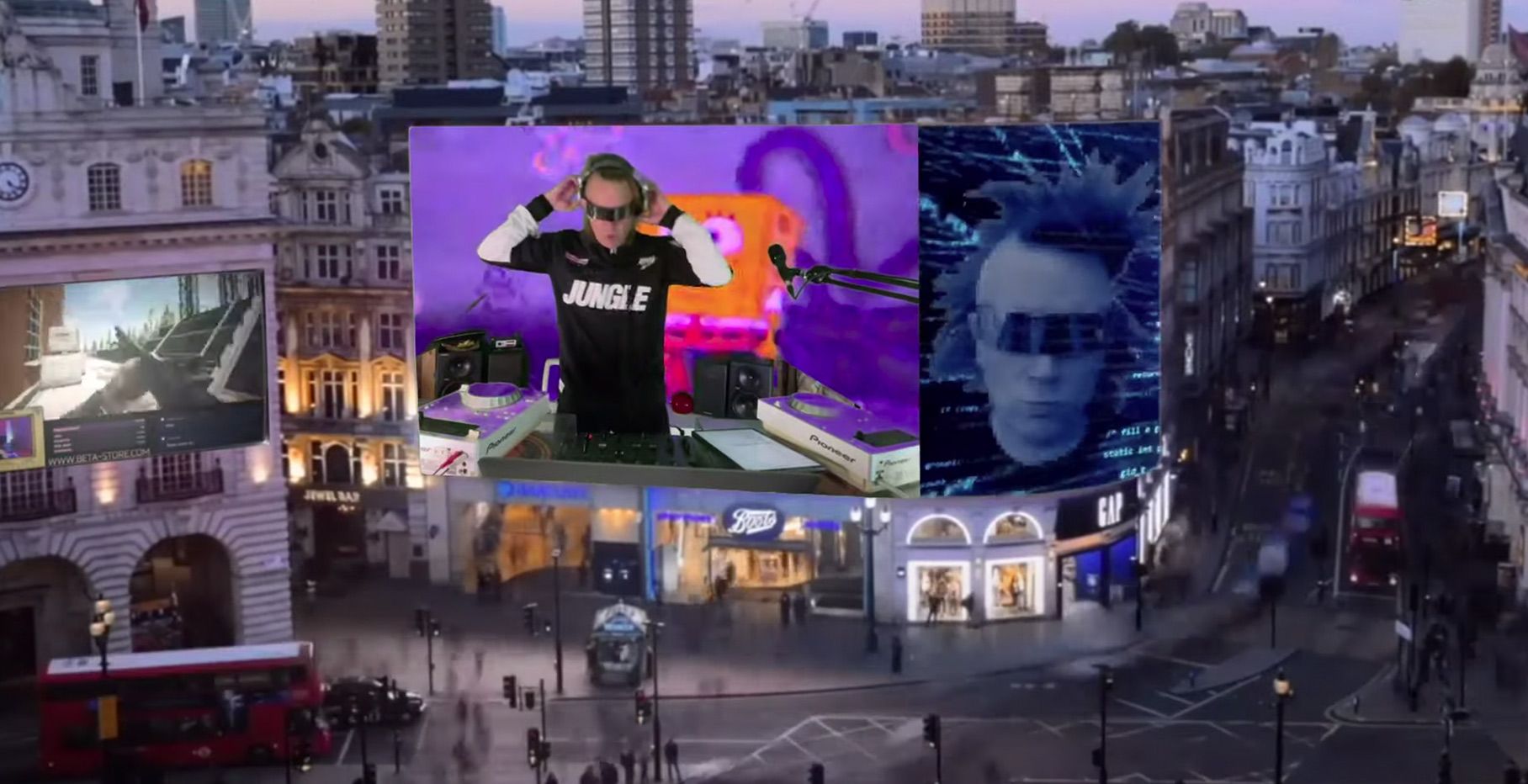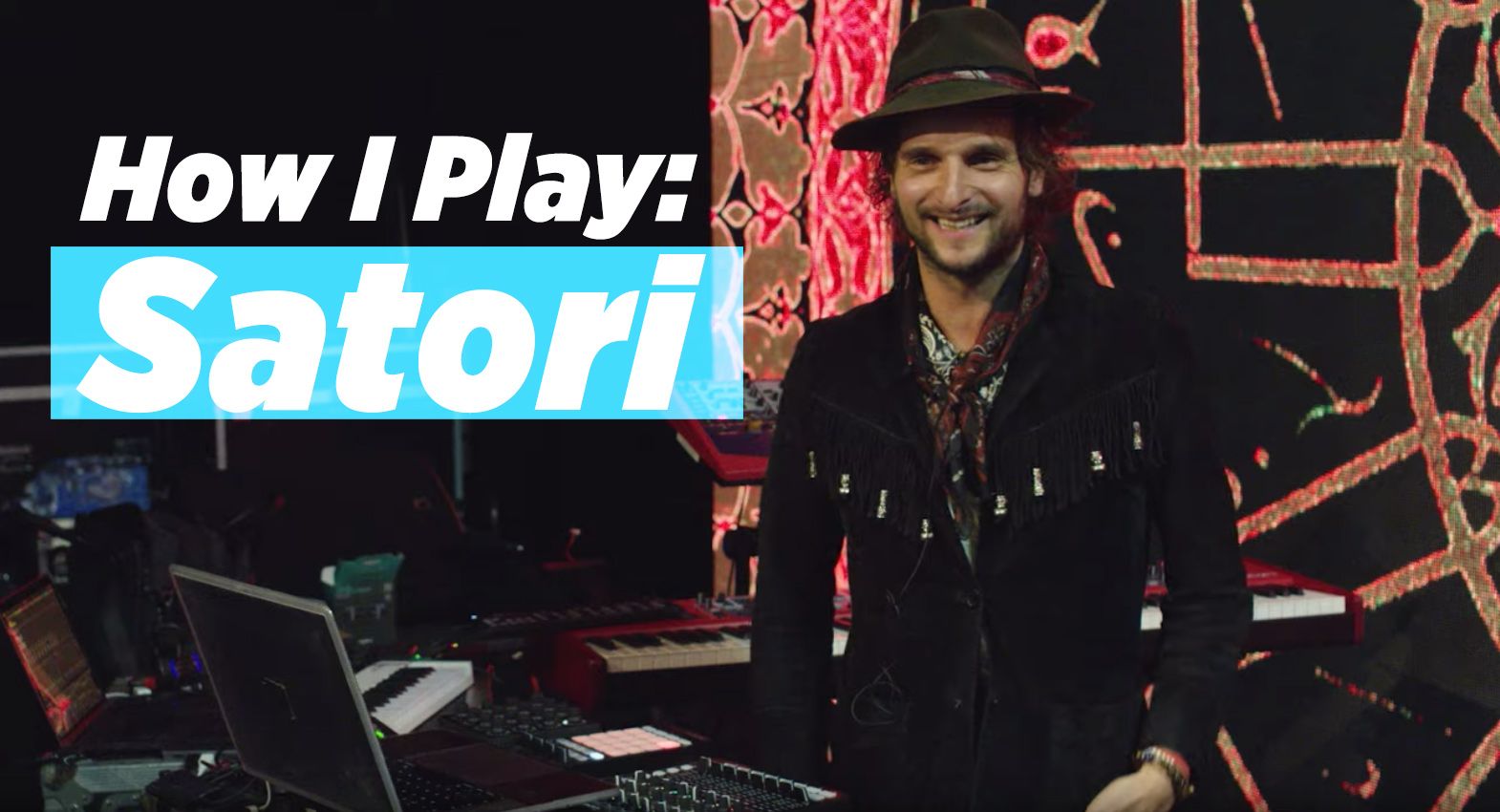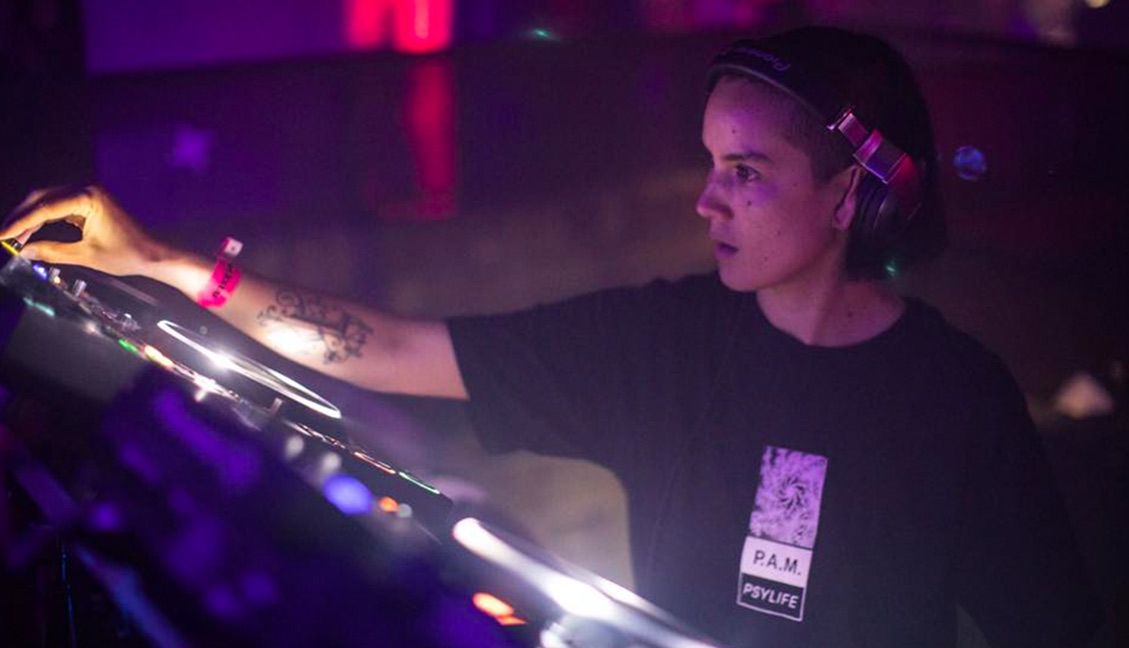It wasn’t until the spring of 2000 when someone handed me a black and green CD that I experienced a sound that truly confused me. Having spent the previous ten years subsisting on a diet of mostly progressive house and trance, it had become my natural instinct to categorize everything I heard as “club”music” or, well, not. That CD was Progression Sessions 3 and the tune I kept going back to again and again was Blu Mar Ten’s ‘Santur’. 12 years later I am still buying their music and their music is still surprising me. Today we look into what got them there.
Blu Mar Ten 101

Blu Mar Ten are Chris Marigold, Leo Wyndham and Michael Tognarelli, a three piece [primarily] drum and bass outfit from London. Switch on the radio and you may well hear BBC Radio 1’s Annie Nightingale playing Blu Mar Ten. Head to the right club and you’ll find the likes of Doc Scott, John B, Ed Rush, Marcus Intalex, SPY and Marky dropping their tracks. Hit up your local record shop or mp3 portal and you’ll find their work on a string of tier one imprints including LTJ Bukem’s Good Looking Records, London Elektricity’s Hospital Records, Ninja Tune, 720 Recordings, Friction’s Shogun Audio, and Renegade Hardware.
While mostly recognized for their drum and bass work, Blu Mar Ten have also recorded breaks for Rennie Pilgrem’s label TCR, as well as 2-step garage, tech-house and more left-field down-tempo for the likes of Big Chill. With three albums under their belt, and new album Love is the Devil coming out at the end of the month, it’s not surprising that Chris, Leo and Michael have been in high demand as remix artists for the likes of Alicia Keys, Annie Lennox, Terry Lee Brown and Joey Negro. Dance Dance Revolution fans will also have experienced the thrill of throwing themselves around to the sounds of Camden’s finest.
As DJ’s you’ll find them playing across the globe. In the UK you may well run into them at the iconic Fabric unless they are taking to the road with the Hospital Records crew. The last couple of months alone have seen them playing in Vancouver, Germany, Italy and Russia. So, If you have been within 500 miles of drum and bass in the last 15 years, you know Blu Mar Ten.
The following interview with Blu Mar Ten’s Chris Marigold took place over the course of a couple of weeks as the lads were finishing up work on their new album “Love is the Devil”, while playing a string of DJ sets from the West Coast to the Eastern Block.
Prior to the formation of Blu Mar Ten in the mid 90’s you were busy DJing on pirate radio and at raves around the U.K. Fast forward 15 years and you recently tweeted, “I finally had to give up on vinyl after the last few gigs. Battling just to mix properly these days…” So, what are you mixing on now?
After 20-odd years of mixing on vinyl I’ve started mixing with CDs as my last few gigs were just a nightmare. It’s a bit of a shame as it’s much less involved than mixing with records. With vinyl you always feel like you’re slightly out of control whereas CDs are a much more sedate experience. Much less frantic. I also noticed how much harder it is to keep your eyes on the crowd when there’s a screen in front of you, even the little one on CDJs. I was always so used to just looking at the crowd and I never really needed to look at the equipment but now I understand why so many people who play CDs and laptops always seem to be staring into the kit. You have to make a conscious effort to drag your eyes away from the screens because they demand to be looked at. I might start covering them up…
Have you noticed the response from the crowd changing since you swapped to CDJs?

No not at all, but I think that’s to do with the way you play rather than the technology you play on. If you’re engaged with the crowd and you really enjoy what you do then who cares what machines you use. You only need to look at [DJ] Marky for proof of that – he uses a laptop but none of his audiences look disconnected.
Blu Mar Ten’s productions are anything but simple DJ tools and require a good deal of thought and feeling if the DJ is to do them justice in their set. How do you approach your own music as a DJ and what advice do you have for DJs looking to amp their game by incorporating more intricate productions?
The thing about drum & bass is that it’s become club music in a mostly abstract sense. If you think about the number of times you listen to a track that you like 99% of those times it will be at home, on a PC, in your car, on your iPod or phone etc. You may hear it once or twice in a club but probably no more than that so the idea that it’s dance music or club music is a bit weird because it really isn’t, except theoretically.So, if you extend that logic it’s a bit odd to write music that’s ‘easy to mix’ or a ‘dj tool’ because most people listening to it aren’t DJs and will never hear it in a club and they really have no interest in listening to 90 seconds of drums for an introduction, reasonably so.
If you look at d&b production forums they’re full of people offering advice on optimising music for playback ‘on a big rig’, but we came to the realisation that it’s completely absurd to compromise your music in that way. It’s much better to try and write music that touches people when they listen to it in their everyday lives rather than compromise and make some sound engineer or DJ’s life easier. You may say “why bother writing drum & bass at all?”, which would be a fair question. The answer is that we like the form and also the challenge of trying to create something unusual in what has become quite a rigid genre. If DJs want to play our music they’ll find a way to do it if they’re any good. It doesn’t really bother us if they don’t because we don’t write music for DJs, we write music for people.
Can a DJ make it long term in this industry if they don’t get in the driver’s seat and create that direct musical relationship with the listener through their own productions?

Well firstly you have to define ‘make it’. What does that even mean any more? Secondly, mixing two records that sound more or less identical and are made by other people isn’t really much of a skill anymore is it. It’s pretty low on the wow-factor scale. It’s hard enough trying to get people interested in you when you’ve spent tens of thousands of hours creating music these days. If you don’t even do that I think you can more or less assume you’re of interest to hardly anyone. Sorry if that sounds harsh but it’s true.
You recently published an article about the three principals that you often consider when producing a new track. The first was the concept of ’Call & Response’ where you talked about:
“Sounds as if they’re in conversation with each other, so when one sound ‘calls’ another ‘responds’ to it. This can happen tonally, rhythmically or texturally…. Call & response routine is a very human thing to do and If something appears to be more human then humans respond much better to it.”
Do you have any advice as to how a DJ can begin thinking about and working on the call and response technique?

I think the age of DJs who don’t really understand music is pretty much over. I always prefer listening to sets by artists as they’re more likely to treat their set as an extended track, with definite sections or movements, know how to use colour and shade and have a decent sense of how to move from A to B to C all the way to Z, much like they would if they were writing music.
Can that musical sense be worked on? That’s tricky. You either have an innate musical sense or you develop it through actually writing music. I don’t know if you can boil it down to a simple set of rules that someone can learn.
I once started a discussion on a forum about people mixing out of tune and it was soon full of people asking ‘how can I mix in tune? what’s the key to learning that?’. What do you say to people like that? If you can’t naturally hear if something’s out of tune then you should probably stay well away from music.
That aside, assuming you’re not totally unmusical, you can think about how your set works on micro and macro levels. At a micro level; How does each tune act and react with the tunes either side of it in terms of it’s texture, it’s rhythm and its melodic or harmonic content? What are the common musical themes and how can you manipulate them so you tie them together and make something slightly new out of both at the same time? While you’re doing that you need to have a sense of an overall direction at the macro level. You may want to start with a very high level of energy and move towards a slower more considered atmosphere, then ramp it up again etc etc… So your clusters of tunes need to work together towards the final goal not just in relation to each other. You need to try and tell a story with your set much like you would do if you were writing a track. I could go on about this for thousands of words but there’s probably not much point. The best advice I can give is that people should start making music if they want to understand music.
While production gear is more affordable now than it has ever been, the cost can still be somewhat prohibitive. Based on your experience, what’s the bare minimum a beginner can get by on?

It really doesn’t matter. We use Cubase 4 but i’m not interested in telling people what to buy because too often it gets interpreted as some sort of rule or must-have requirement. People can use anything. It’s much better if they find their own solutions and see what happens. If people read producers saying ‘you must have this and you must have that’ then they end up getting the same stuff and sounding the same as everyone else. Go on eBay and find some stuff you’ve never heard of and buy that.
New album ‘Love is the Devil’ available now on vinyl, CD & digital.
To keep up to date with Blu Mar Ten check out the following links









